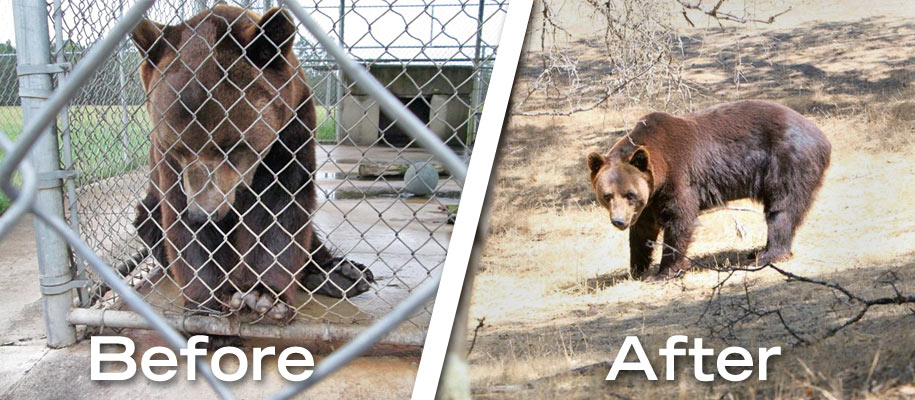
“The bear, known only as Attraction #2, lived in a cage the size of a child’s room.”
That is one possible lead for a story about Ben the Bear, said Ann Wylie. She was speaking at a PRSA Puget Sound workshop on writing for the web called “Get Clicked, Read, Shared and Liked.”
Wylie described Ben’s story in a classic story template.
- Introduction: Make the lead concrete, creative or provocative. What is a critical moment or interesting fact that will draw people into the story and encourage them to keep reading?
- Problem: Describe Ben’s dismal life in a North Carolina roadside zoo. Paint a picture for readers.
- Solution: Talk about how your actions (by your company, nonprofit organization, agency program or other) improved the situation. In Ben’s case, PETA and other organization filed a cruelty-to-animals lawsuit that eventually got Ben out of the zoo, and FedEx transported him to his new home. Don’t use too much detail to describe your actions. Other people don’t care about those details. They want to know what happened to the story’s hero or protagonist.
- Result: Ben now lives in a bear sanctuary, where he has green grass and his own pool. Happily ever after.
Stories are a powerful way to communicate online. Stories that involve human (or animal) interest and personal stories are more likely to be read.
To find stories, look for where your company, agency or program touches your customers. What have you done that is “aw”-inspiring?
Storytelling is half research and half structure. You need both for good stories.
Watch for more from Ann Wylie and her co-instructor Shel Holtz in future posts.